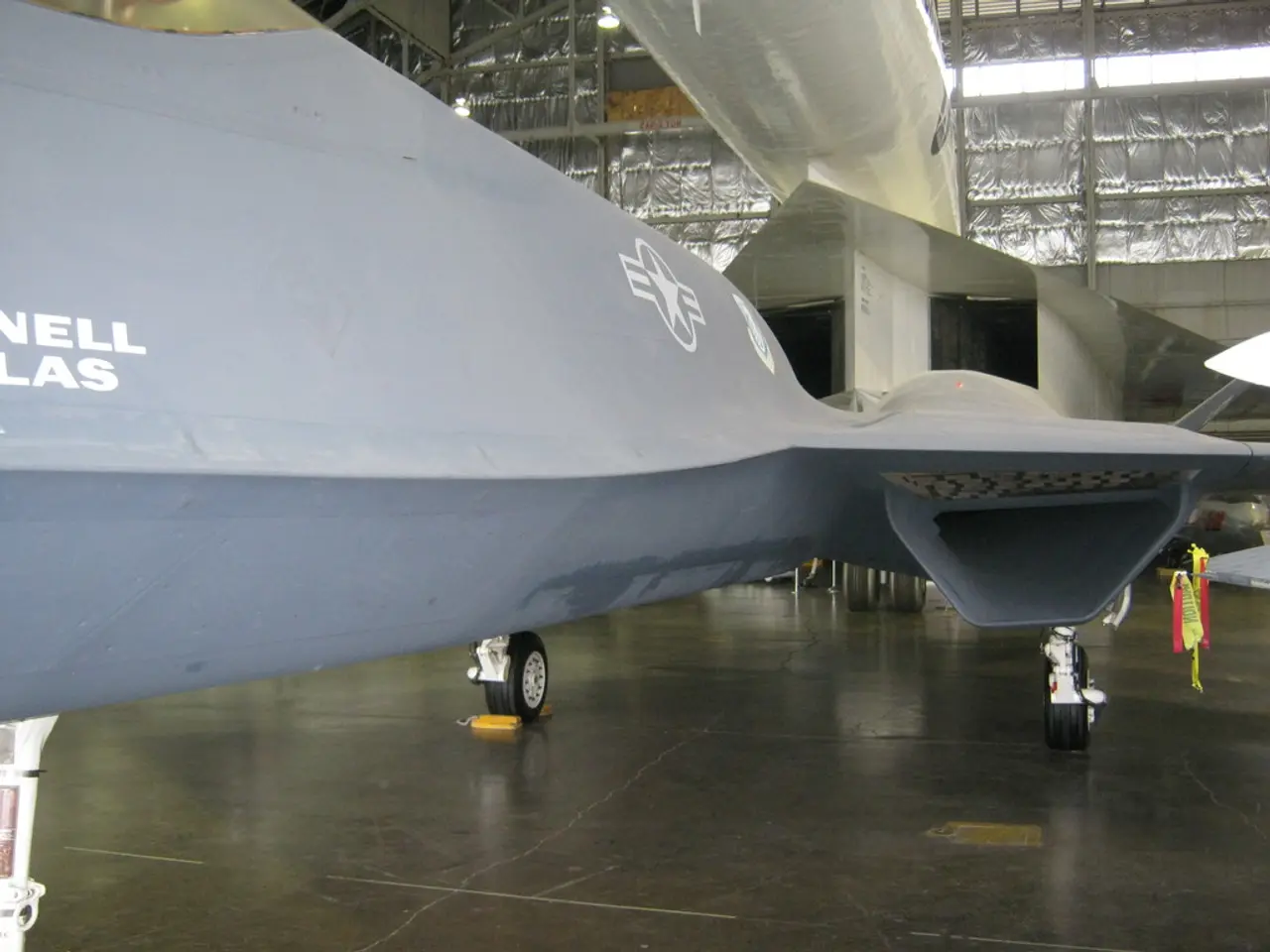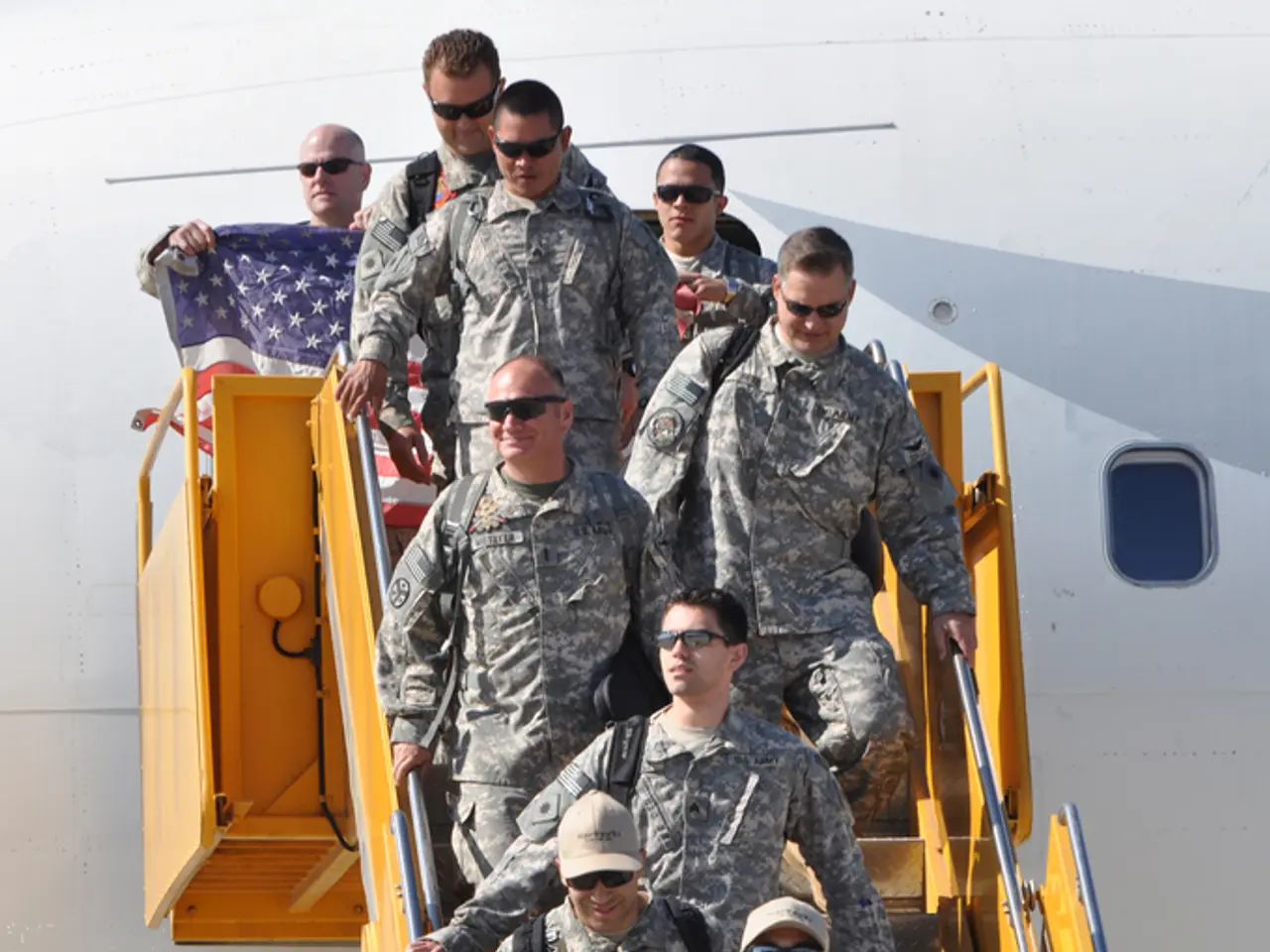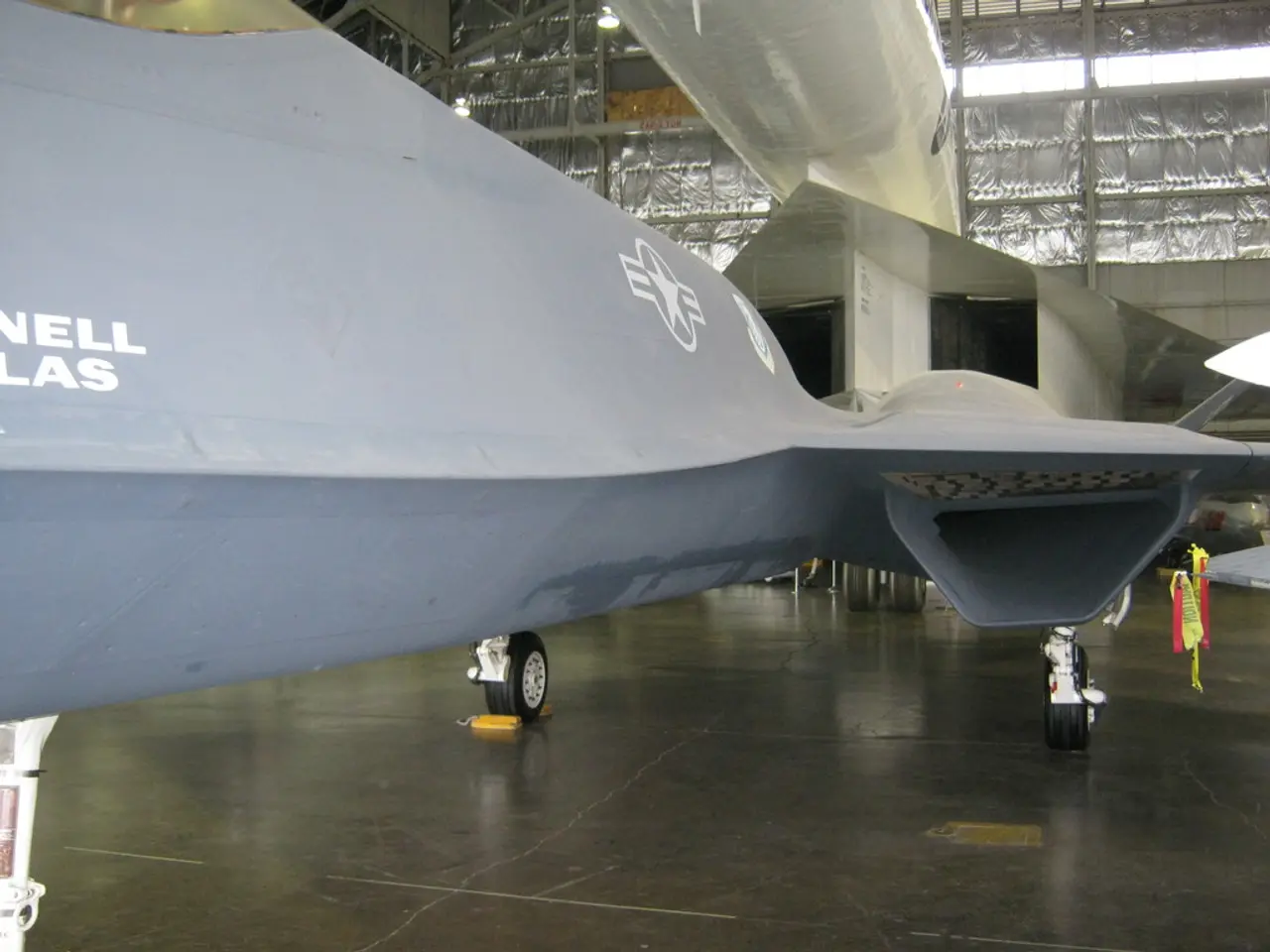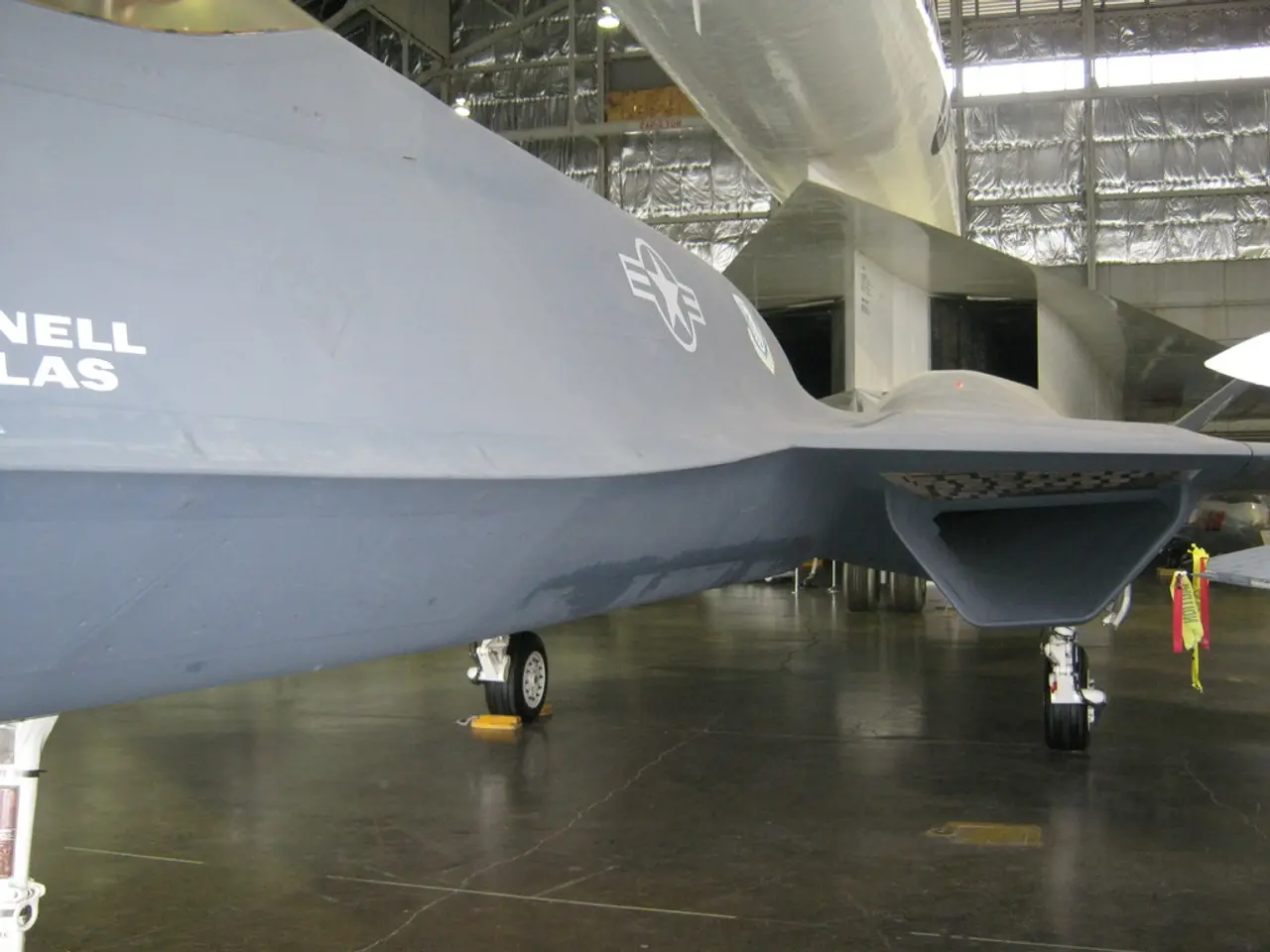Boeing Faces Intense Criticism in Harsh Report due to Alaska Airlines' Door Explosion Incident
News Article: Alaska Airlines Flight 1282 Accident Investigation Report Released
The National Transportation Safety Board (NTSB) has released its final report into the Alaska Airlines Flight 1282 incident that occurred on January 5, 2024. The accident involved a Boeing 737 MAX 9 and took place at around 16,000 feet during the flight from Portland to Ontario.
The probable cause of the accident was determined to be Boeing's failure to provide adequate training, guidance, and oversight for its parts removal process. Specifically, the left mid-exit door (MED) plug was found to have separated from the aircraft due to the omission of four securing bolts during its reinstallation after repair work at Boeing's Renton factory.
The NTSB report highlights several contributing factors, including inadequate Boeing work instructions and poor record-keeping, ineffective oversight and systemic safety culture issues at Boeing and the Federal Aviation Administration (FAA), and communication difficulties during the incident.
The incident reinforced the importance of using a child restraint system (CRS) for children less than 2 years old, appropriate to their size and weight.
During the incident, a loud bang was heard, causing rapid cabin decompression and leaving a gaping hole in the fuselage. The flight crew immediately donned oxygen masks, declared an emergency with air traffic control, and were cleared to descend to 10,000 feet. Despite the sudden decompression, which caused their ears to pop and dislodged their headsets, all passengers and crew survived with only eight sustaining minor injuries.
In response to the incident, Alaska Airlines initially grounded its 737 MAX 9 fleet, and the FAA ordered a global inspection of similar aircraft to check for loose or missing door plug bolts. The report also calls for the continued need for installations and retrofits of cockpit voice recorders (CVRs) with a 25-hour recording capability and the need for hands-on, aircraft-specific training and procedures for the use of each type of oxygen system in an operator's fleet.
The final report into the Alaska Airlines Flight 1282 accident, released on 10 July 2025, places the blame squarely on Boeing and the FAA for the systemic safety management deficiencies that led to the accident.
[1] National Transportation Safety Board. (2025). Alaska Airlines Flight 1282, Boeing 737-9, N961VA, Portland, Oregon, January 5, 2024. Retrieved from https://www.ntsb.gov/investigations/AccidentReports/Pages/HWY25LA034.aspx
[2] Alaska Airlines. (2024). Alaska Airlines grounds 737 MAX 9 fleet following FAA order. Retrieved from https://www.alaskaair.com/content/alaska-airlines-news/alaska-airlines-grounds-737-max-9-fleet-following-faa-order
[3] Boeing. (2024). Boeing statement on Alaska Airlines Flight 1282. Retrieved from https://www.boeing.com/news/press-releases/2024/boeing-statement-on-alaska-airlines-flight-1282.page
[4] Federal Aviation Administration. (2024). FAA orders global inspections of 737 MAX aircraft after Alaska Airlines incident. Retrieved from https://www.faa.gov/news/press_releases/news_story.cfm?newsId=25764
[5] The Seattle Times. (2024). Alaska Airlines 737 MAX 9 cabin decompresses during flight, FAA investigating. Retrieved from https://www.seattletimes.com/business/alaska-airlines-737-max-9-cabin-depressurizes-during-flight-faa-investigating/
[6] The New York Times. (2024). Alaska Airlines Flight 1282: What We Know About the Decompression Incident. Retrieved from https://www.nytimes.com/2024/01/06/us/alaska-airlines-flight-1282-decompression.html
- The aviation industry is under scrutiny after the National Transportation Safety Board (NTSB) revealed that Boeing's failure to ensure proper training and oversight during manufacturing contributed to the accident of Alaska Airlines Flight 1282.
- The financial implications of the Alaska Airlines incident extend beyond the airline industry, with Boeing and the Federal Aviation Administration (FAA) being held accountable for systemic safety management deficiencies.
- The incident involving Alaska Airlines Flight 1282 has emphasized the significance of the transportation sector's relationship with the manufacturing and finance industries, particularly in ensuring safety protocols and procedures are followed diligently.






